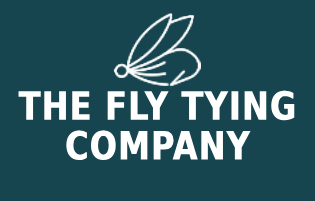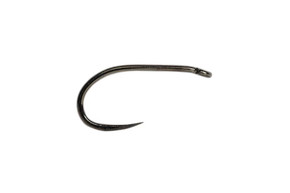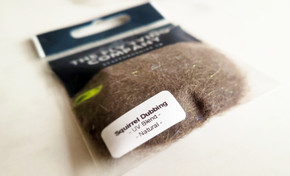Origin & History
The Cheese Fly, scientifically known as Piophila casei, is a species of fly whose larvae are known for infesting cured meats, cheeses, and carrion. In fly fishing, the Cheese Fly pattern imitates emerging diptera or small insects that trout feed on in stillwaters. Its distinctive profile and movement make it highly effective during summer hatches.
Materials
- Hook: Dry fly hook, sizes 12–18
- Thread: Olive or grey 8/0 or 70D
- Tail: Wood duck or mallard flank fibers
- Body: Hare's ear or olive dubbing
- Rib: Fine gold or copper wire (optional)
- Wing: CDC feathers
- Thorax: Hare's ear or olive dubbing
- Hackle: Grizzly or brown (optional)
Step-by-Step Tying
- Secure the Hook: Place the hook in the vise and secure firmly.
- Attach the Thread: Start the thread behind the hook eye and wrap back to the bend.
- Prepare the Tail: Tie in a few wood duck or mallard flank fibers at the bend, extending about the length of the hook shank.
- Dub the Body: Apply hare's ear or olive dubbing and wrap to form a tapered abdomen.
- Tie in the Rib: Optional – add fine wire for segmentation and durability.
- Prepare the Wing: Tie in CDC feathers upright over the body.
- Form the Thorax: Apply a small amount of dubbing around the base of the wing.
- Wrap Hackle: Optional – wrap grizzly or brown hackle around the thorax.
- Finish: Whip finish the head and trim excess materials.
Variations
- Olive Cheese Fly: Olive dubbing with CDC wing for a natural insect imitation.
- Tan Cheese Fly: Tan-colored body to match different midges or diptera species.
- Grizzly Cheese Fly: Uses more grizzly hackle in thorax and wing for visibility.
- Parachute Cheese Fly: Elevated wing post for easier spotting on the water.
- Mini Cheese Fly: Smaller hook and finer materials for selective feeding trout.
Seasonality & What It Represents
Most effective late spring through summer, especially during small insect hatches. Represents emerging diptera and other small surface insects that trout feed on in UK stillwaters.
Tackle & Setup
- Rod: 9–10 ft 4–6 weight stillwater or river rod
- Line: Floating line for surface presentation
- Leader: 9–12 ft tapered leader
- Tippet: 4–6 lb
- Presentation: Allow a drag-free natural drift on the surface
Summary Table
| Feature | Details |
|---|---|
| Hook Size | 12–18 |
| Tail | Wood duck or mallard flank fibers |
| Body | Hare's ear or olive dubbing |
| Wing | CDC feathers |
| Thorax | Hare's ear or olive dubbing |
| Hackle | Grizzly or brown (optional) |
| Seasonality | Late spring to summer |
| Best For | Emerging diptera and small insects |












